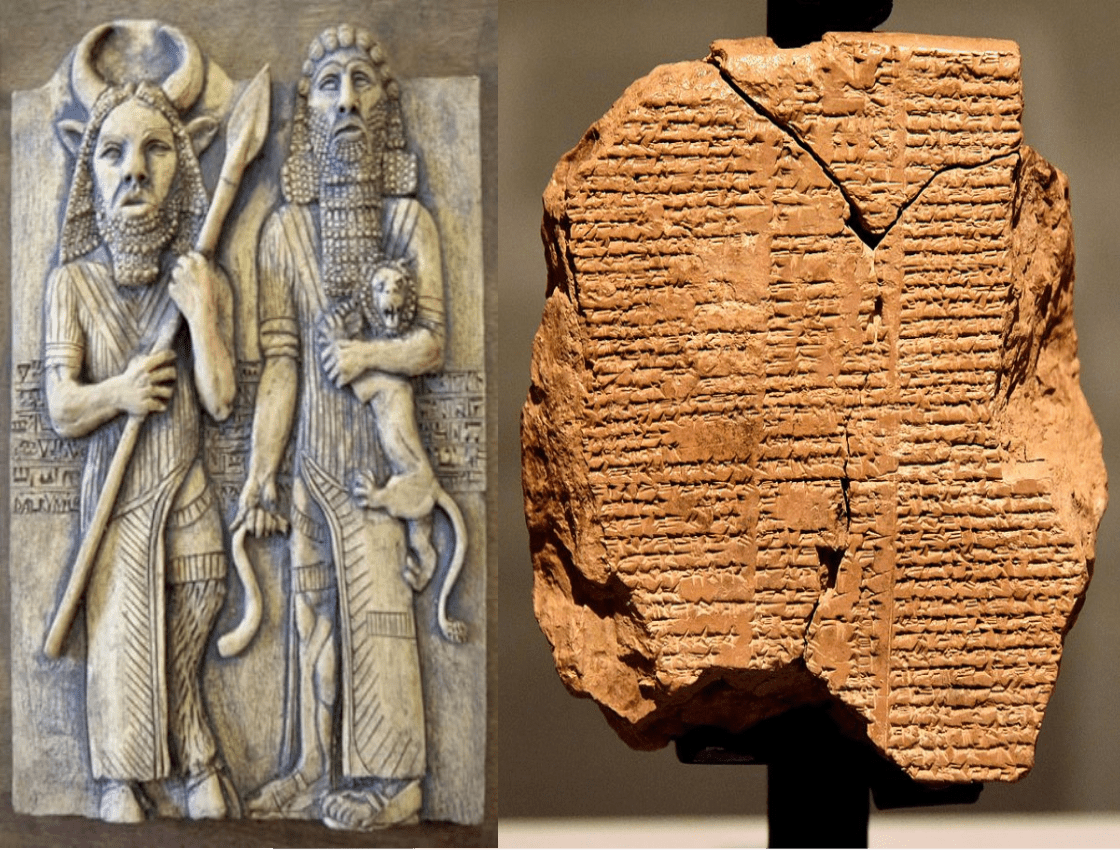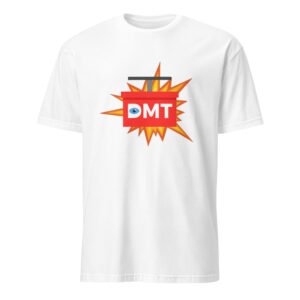
What is The Epic of Gilgamesh? 📜
The Epic of Gilgamesh is one the oldest writings on Earth, believed to be dating back to the old Babylonian period, 2003–1595 BC. From Ancient Sumer, it was written on 12 clay tablets to ensure it would stay intact for thousands of years and in cuneiform script. Sumer is the earliest known civilization in the historical region of southern Mesopotamia (now south-central Iraq). Found in the ruins of the library of an Assyrian king, Assur Banipal, in northern Iraq, they are currently housed in the Sulaymaniyah Museum, Iraq. An image of one can be seen below:

The Epic of Gilgamesh is a series of Mesopotamian stories about the adventures of Gilgamesh, a Demigod (said to be two thirds God and one third human in the tablets) and King of the land Uruk. They detail the exploits of Gilgamesh, his overwhelming power, his friendship with Enkidu, and his quest for eternal life. Many believe that this is not a fictional tale or poem, but a myth based on a true story.
Gilgamesh and Enkidu, a Friendship of Giants 👑
The tablets say Gilgamesh was much bigger than humans to a point where he carried a lion in his arms like a pet cat and that Enkidu was also gigantic and looked like he was crossed with a bull, having horns and being hairy. This can be seen in the carving below:

Gilgamesh and Enkidu are said to have taken down the scariest beast of the land (‘Humbaba’) who lived deep in the forest and a heavenly bull with wings (‘Guggalana’) in their adventures. These are depicted in the carvings below (Humdada left, followed by Guggalana right and the battle):

 :
:


Noah’s Story and The Epic of Gilgamesh 🌊
While the Epic of Gilgamesh pre-dates the Bible by centuries and doesn’t directly appear in it, some scholars and religious texts suggest parallels and potential influences, particularly in the flood narrative and certain motifs.
The Flood Narrative:
The Epic of Gilgamesh features a flood story, similar to the biblical flood story in Genesis, with a hero (Utnapishtim) receiving a warning and building an ark to survive the cataclysm.
Motifs and Proverb:
Some scholars point to similarities in motifs and proverbs, such as the transient nature of life and the idea that “a threefold cord is not quickly broken,” which appear in both the Epic of Gilgamesh and the Book of Ecclesiastes.
“Chasing after the wind”:
The author of Ecclesiastes laments the futility of “chasing after the wind,” a notion reminiscent of Gilgamesh’s advice to the dying Enkidu: “Mankind can number his days. Whatever he may achieve, it is only wind”.
The Book of Giants:
In the apocryphal Book of Giants, Gilgamesh is named as one of the giants killed by the biblical Flood.
Tablet 11 is about the story of ‘the Flood’. This object is the single most famous cuneiform text and caused a sensation when its content was first read in the 19th century because of its similarity to the Flood story in the Book of Genesis. Allegedly, this is what Noah’s Ark was adapted from (‘The Great Flood’). It is inscribed with the Babylonian account of the Flood. Other biblical narratives of Mesopotamian origin include ‘The Fall of Man’.
Here is an excerpt from the tablets:
“I will proclaim to the world the deeds of Gilgamesh. This was the man to whom all things were known; this was the king who knew the countries of the world. He was wise, he saw mysteries and knew secret things, he brought us a tale of the days before the flood. He went on a long journey, was weary, worn-out with labour, returning he rested, he engraved on a stone the whole story.“
The Epic of Gilgamesh Audiobook 🔊
Billy Carson recites the tablets and the tablets are summarised in the videos below. You can also get the book here.
Billy Carson is the founder and CEO of 4BiddenKnowledge Inc, the Best Selling Author of ‘The Compendium Of The Emerald Tablets‘ and ‘Woke Doesn’t Mean Broke‘. He and Matthew LaCroix co-wrote bestseller ‘The Epic of Humanity‘. Billy Carson is also the founder and CEO of 4BiddenKnowledge TV, a new conscious streaming TV network and he earned the Certificate of Science (with an emphasis on Neuroscience) at M.I.T.. He also has a certificate in Ancient Civilization from Harvard University.
Here are some of their videos along with others discussing the findings:
You can read more on ancient knowledge here.










